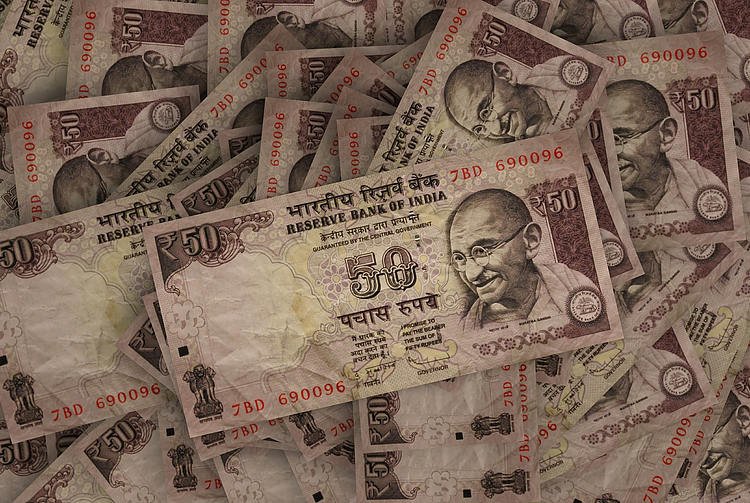The Indian Rupee (INR) softened in Monday’s early European session due to substantial equity outflows, setting a record monthly high. However, the decline in crude oil prices and the likely intervention by the Reserve Bank of India (RBI) through USD sales could help limit the INR’s losses. Investors are looking towards Fedspeak on Monday for fresh impetus.
Foreign portfolio investors have sold a net amount of $8.4 billion so far in October, surpassing the previous record outflow set in March 2020. Atlanta Fed President Raphael Bostic stated that he is not in a rush on rate cuts and sees the case for rate reduction in the central bank’s policy rate. Traders have priced in a nearly 92.6% chance of a 25 basis points Fed rate cut in November. US Building Permits and Housing Starts for September have also shown mixed results.
Technically, the USD/INR pair remains bullish on the daily timeframe, with the price holding above the ascending trend line and the key 100-day Exponential Moving Average (EMA). The 14-day Relative Strength Index (RSI) suggests further upside potential. A decisive break below the rising trend line could lead to a retest of support levels at 83.71 and 83.00. On the upside, a break above the all-time high could see USD/INR heading towards 84.50 and 85.00 levels.
The role of the Reserve Bank of India (RBI) is to maintain price stability while considering the objective of growth, primarily through adjusting interest rates to control inflation. The RBI conducts bi-monthly meetings to discuss monetary policy and adjust interest rates as needed. The RBI also intervenes in FX markets to maintain the exchange rate within a limited range, ensuring Indian importers and exporters are not exposed to unnecessary currency risk during periods of volatility.
India’s trade deficit indicates high imports compared to exports, leading to a heavy reliance on US Dollars for international trade. During periods of high demand for US Dollars, the Rupee can weaken as it is sold to meet the demand. Increased volatility in markets can also raise the demand for US Dollars, negatively impacting the Rupee. Overall, the RBI plays a crucial role in maintaining stability in the Indian Rupee and the broader economy.










